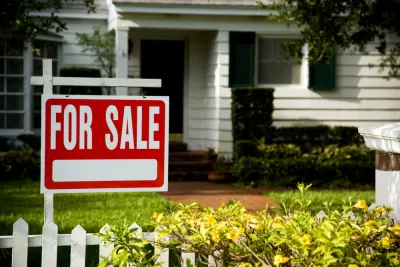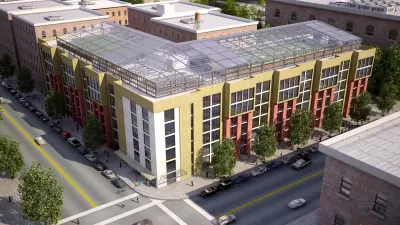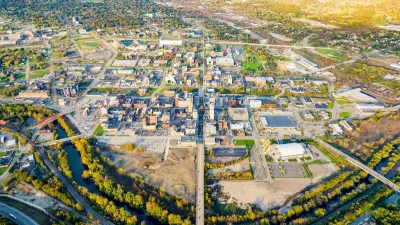Just 15.5 percent of homes for sale in 2023 were affordable for the average earner, but there could be hope for 2024.

An end-of-year report from real-estate brokerage firm Redfin confirms what many around the country have been saying all year: most Americans could not afford to purchase homes in 2023.
“An analysis of listings in 97 of the most populous metropolitan areas in the country found that just 15.5% of homes for sale in 2023 were affordable for the typical U.S. household. That's a decrease from last year, when Redfin found that 21% of homes listed for sale were affordable for the typical buyer,” reported Aliza Chasan of CBS News.
Redfin defines affordability as a mortgage payment of 30 percent or less of the average monthly income residents in the local county.
Their data reflects findings from the National Association of Realtors, released earlier this year, that that middle-income households with annual earnings of up to $75,000 can afford only 23 percent of the homes listed for sale in the U.S.
The report indicates that high mortgage interest rates are likely to blame; to avoid paying a rate of 7 percent or higher on a new home, fewer homeowners have listed their properties. “Slim inventory means that buyers are competing for a limited pool of housing, driving prices upward,” writes Chasan.
But signs are hopeful for 2024. According to Realtor.com, housing inventory rose 7.5 percent year-over-year in November, and Freddie Mac said mortgage rates are slowly dropping below 7 percent for the first time in more than four months.
FULL STORY: Most home listings unaffordable for typical earner in 2023, report finds

Trump Administration Could Effectively End Housing Voucher Program
Federal officials are eyeing major cuts to the Section 8 program that helps millions of low-income households pay rent.

Planetizen Federal Action Tracker
A weekly monitor of how Trump’s orders and actions are impacting planners and planning in America.

The 120 Year Old Tiny Home Villages That Sheltered San Francisco’s Earthquake Refugees
More than a century ago, San Francisco mobilized to house thousands of residents displaced by the 1906 earthquake. Could their strategy offer a model for the present?

HSR Reaches Key Settlement in Northern California City
The state’s high-speed rail authority reached an agreement with Millbrae, a key city on the train’s proposed route to San Francisco.

Washington State Legislature Passes Parking Reform Bill
A bill that would limit parking requirements for new developments is headed to the governor’s desk.

Missouri Law Would Ban Protections for Housing Voucher Users
A state law seeks to overturn source-of-income discrimination bans passed by several Missouri cities.
Urban Design for Planners 1: Software Tools
This six-course series explores essential urban design concepts using open source software and equips planners with the tools they need to participate fully in the urban design process.
Planning for Universal Design
Learn the tools for implementing Universal Design in planning regulations.
Ada County Highway District
Clanton & Associates, Inc.
Jessamine County Fiscal Court
Institute for Housing and Urban Development Studies (IHS)
City of Grandview
Harvard GSD Executive Education
Toledo-Lucas County Plan Commissions
Salt Lake City
NYU Wagner Graduate School of Public Service





























